Refine search
Actions for selected content:
23990 results in Ancient history
Acknowledgements
-
- Book:
- The Emergence of Islam in Late Antiquity
- Published online:
- 05 March 2014
- Print publication:
- 06 March 2014, pp xix-xxii
-
- Chapter
- Export citation
Preface
-
- Book:
- The Emergence of Islam in Late Antiquity
- Published online:
- 05 March 2014
- Print publication:
- 06 March 2014, pp xi-xviii
-
- Chapter
- Export citation
Copyright page
-
- Book:
- The Emergence of Islam in Late Antiquity
- Published online:
- 05 March 2014
- Print publication:
- 06 March 2014, pp iv-iv
-
- Chapter
- Export citation
The Emergence of Islam in Late Antiquity - Title page
-
-
- Book:
- The Emergence of Islam in Late Antiquity
- Published online:
- 05 March 2014
- Print publication:
- 06 March 2014, pp iii-iii
-
- Chapter
- Export citation
Subject index
-
- Book:
- The Emergence of Islam in Late Antiquity
- Published online:
- 05 March 2014
- Print publication:
- 06 March 2014, pp 624-634
-
- Chapter
- Export citation
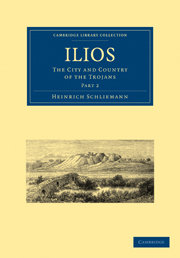
Ilios
- The City and Country of the Trojans
-
- Published online:
- 05 March 2014
- Print publication:
- 15 July 2010
- First published in:
- 1880
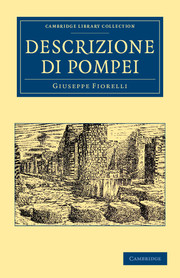
Descrizione di Pompei
-
- Published online:
- 05 March 2014
- Print publication:
- 22 August 2013
- First published in:
- 1875
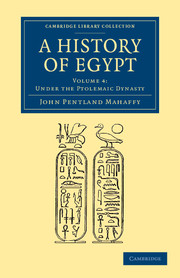
A History of Egypt
-
- Published online:
- 05 March 2014
- Print publication:
- 03 October 2013
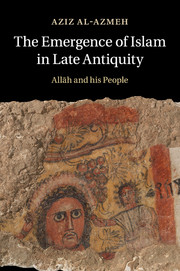
The Emergence of Islam in Late Antiquity
- Allah and His People
-
- Published online:
- 05 March 2014
- Print publication:
- 06 March 2014

Ilios
- The City and Country of the Trojans
-
- Published online:
- 05 March 2014
- Print publication:
- 15 July 2010
- First published in:
- 1880
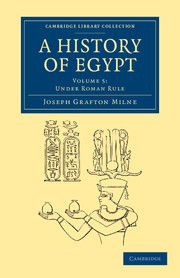
A History of Egypt
-
- Published online:
- 05 March 2014
- Print publication:
- 03 October 2013
Acknowledgments
-
- Book:
- Theoderic and the Roman Imperial Restoration
- Published online:
- 05 February 2014
- Print publication:
- 24 February 2014, pp ix-x
-
- Chapter
- Export citation
Theoderic and the Roman Imperial Restoration - Title page
-
-
- Book:
- Theoderic and the Roman Imperial Restoration
- Published online:
- 05 February 2014
- Print publication:
- 24 February 2014, pp iii-iii
-
- Chapter
- Export citation
6 - Rex Genitus, Vir Inlustris
- from Part III - Italo-Romans and Roman Goths
-
- Book:
- Theoderic and the Roman Imperial Restoration
- Published online:
- 05 February 2014
- Print publication:
- 24 February 2014, pp 142-174
-
- Chapter
- Export citation
Part II - Emperor Theoderic
-
- Book:
- Theoderic and the Roman Imperial Restoration
- Published online:
- 05 February 2014
- Print publication:
- 24 February 2014, pp 57-116
-
- Chapter
- Export citation
Dedication
-
- Book:
- Theoderic and the Roman Imperial Restoration
- Published online:
- 05 February 2014
- Print publication:
- 24 February 2014, pp v-vi
-
- Chapter
- Export citation
Index
-
- Book:
- Theoderic and the Roman Imperial Restoration
- Published online:
- 05 February 2014
- Print publication:
- 24 February 2014, pp 335-340
-
- Chapter
- Export citation
Part V - Renovatio Imperii
-
- Book:
- Theoderic and the Roman Imperial Restoration
- Published online:
- 05 February 2014
- Print publication:
- 24 February 2014, pp 231-294
-
- Chapter
- Export citation
4 - The Imperial Image
- from Part II - Emperor Theoderic
-
- Book:
- Theoderic and the Roman Imperial Restoration
- Published online:
- 05 February 2014
- Print publication:
- 24 February 2014, pp 92-116
-
- Chapter
- Export citation
8 - Rome Rejuvenated
- from Part IV - Italia Felix
-
- Book:
- Theoderic and the Roman Imperial Restoration
- Published online:
- 05 February 2014
- Print publication:
- 24 February 2014, pp 201-230
-
- Chapter
- Export citation
